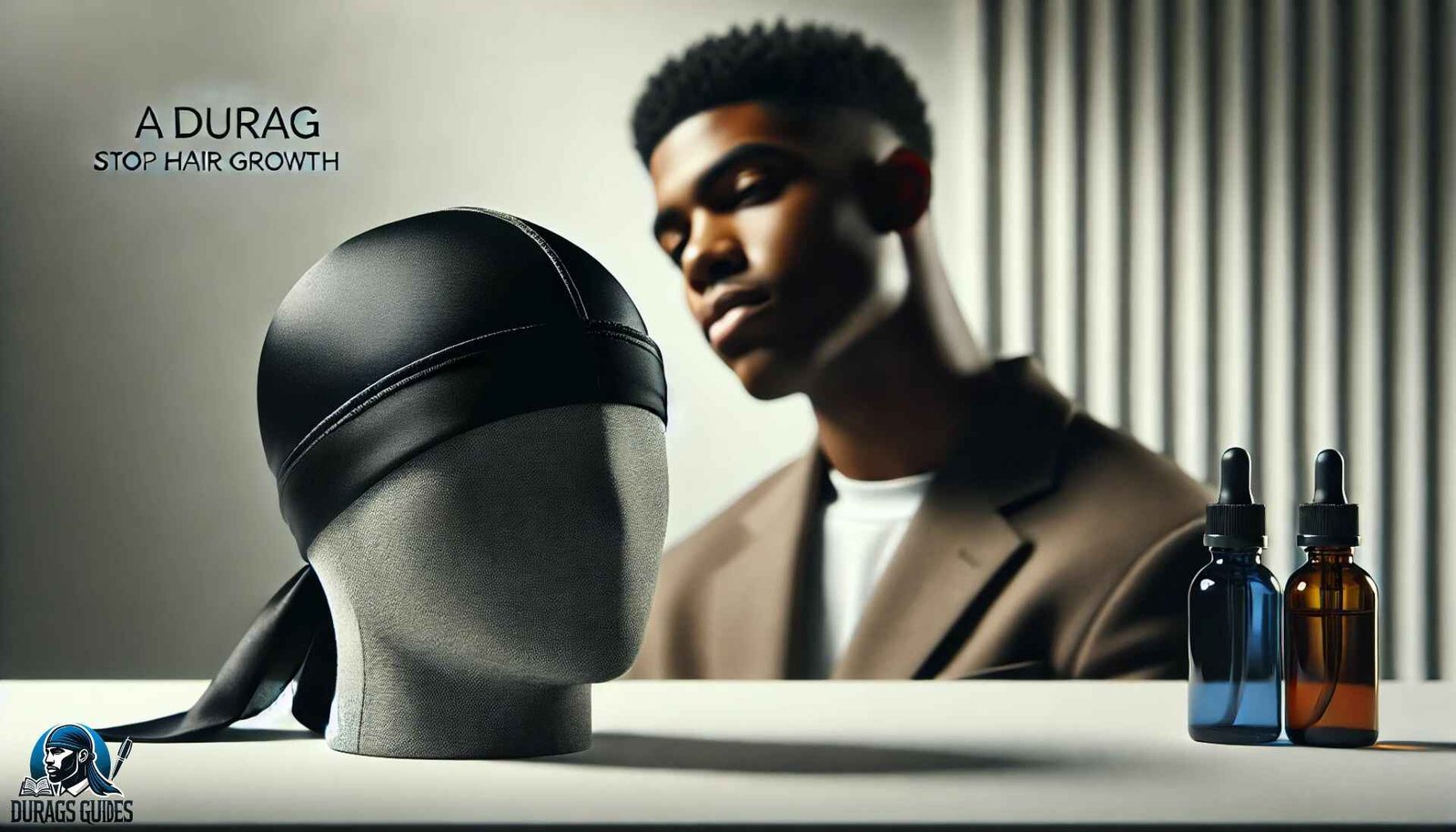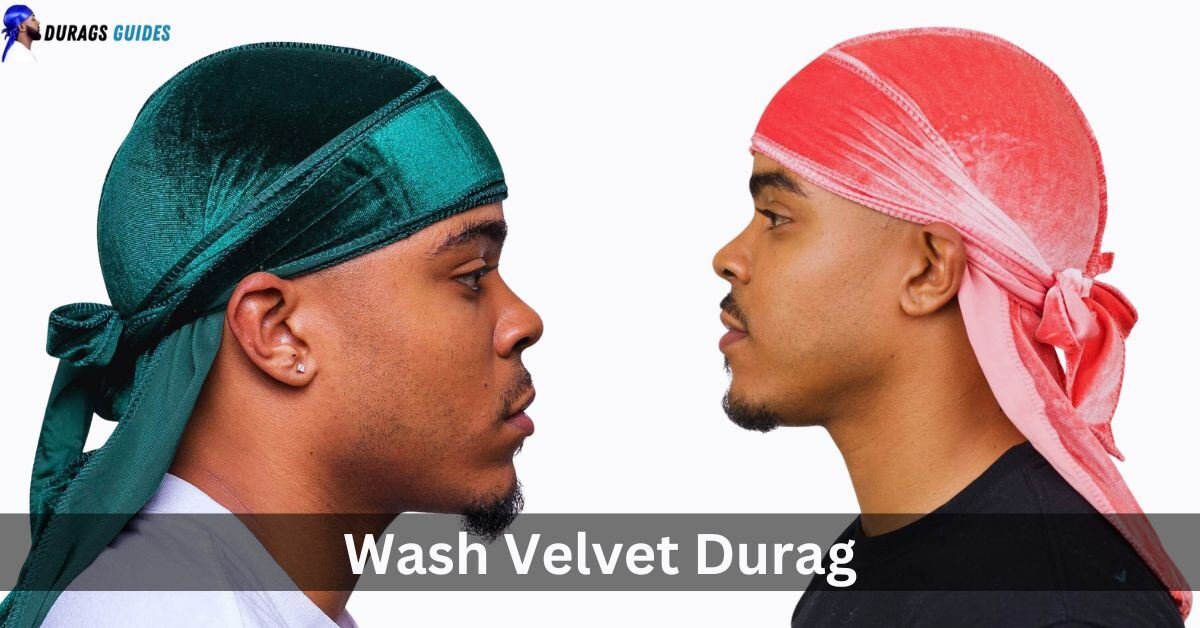Does Wearing a Durag Cause Hair Loss?
Can a durag cause hair loss? Many individuals who often use durags to preserve their hairstyles or protect their hair have this question. In this complete guide, we will discuss how durags could influence your hair, from possible hazards like hair loss to the best practices for keeping healthy hair while using durags.
Do Durags Protect or Damage Hair?
For those with textured hair especially, durags are meant to help preserve different hairstyles. They are often used to:
- Hair Protection: Durags assist guard against breakage and frizz by holding hair in place and lowering friction.
- Style Maintenance: They enable the realization and preservation of curly or wave hairstyles.
However, durags can also potentially cause hair loss if not used properly. This could happen for many different causes, among them:
- Tightness: A overly tight durag might lead to hair loss by stressing the hair follicles excessively.
- Material: Rough or abrasive fabrics can contribute to hair damage.
Can Durags Cause Hair Loss?
For individuals worried about the state of their hair, the crucial issue is “Can a durag cause hair loss?” Many factors may lead to hair loss when using a durag:
- Tightness: A excessively tight durag could cause strain on hair follicles, thereby causing possible hair loss. Making ensuring the durag is snug but not too tight is really vital.
- Product: The effect on hair of a durag depends much on the kind of material utilized. Generally speaking, silk and satin are softer and less prone to harm hair than more abrasive materials.
- Duration and Frequency: Extended durations or too frequent use of a durag might aggravate hair problems. Your scalp and hair need some breathing space.
Durag Tightness and Hair Damage
One of the primary concerns related to durags is the tightness. An overly tight durag can cause:
- Hair Breakage: Too much stress may cause hair breakage—that is, hair strands snapping under pressure.
- Hair Thinning: Extended strain may damage hair roots, therefore causing thinning and perhaps low hair density.
- Scalp Pain: Tight durags may irritate and hurt.
Advice for Preventing Hair Loss:
- Use smooth materials: To reduce friction, choose silk or satin durags.
- Avoid over-tightening: Ensure the durag fits comfortably without creating pressure.
- Limit duration: Avoid wearing the durag for too long to prevent strain on hair follicles.
Hair Breakage and Hair Thinning from Durags
Common concerns with durag usage include hair thinning and breaking. While hair thinning happens from ongoing pressure on hair follicles, hair breaking results from friction or stress weakening hair strands.
Preventive Strategies:
- Choose gentle materials: Opt for durags made from silk or satin to reduce friction and support hair health.
- Ensure proper fit: Avoid excessive tightness to prevent stress on hair roots.
- Take breaks: Allow your hair to recover by not wearing the durag continuously.
Durag Effects on Hair Growth
While there is debate over whether durags impact hair growth, they can support hair growth if used correctly. Properly used durags can:
- Protect Hair: By reducing friction and protecting hair from external elements.
- Maintain Styles: Maintaining hairstyles and maybe encouraging good hair development depends on keeping hair in place.
Healthy Hair Growth Tips:
- Use gentle materials: Silk and satin durags are beneficial for reducing damage.
- Ensure proper fit: Avoid tightness to prevent hair follicle stress.
- Monitor hair health: Be attentive to any signs of hair loss or thinning and adjust your durag usage accordingly.
Do Durags Pull Out Hair?
Wearing a durag that is too tight or improperly can indeed pull hair from the roots. This can be especially problematic around the hairline and lead to noticeable hair loss.
Prevent Hair Pull-Out:
- Proper fit: Make sure your durag is tight but not unduly so.
- Adjust as needed: Should you feel tense or uncomfortable, change the durag’s fit.
- Remove gently: When taking off the durag, avoid pulling or yanking.
Can Durags Cause Traction Alopecia?
Traction alopecia is hair loss resulting from tension inside hair follicles. Too close a durag might aggravate this disorder and change the hairline.
Lowering the Traction Alopecia Risk:
- Avoid excessive tightness: Ensure your durag fits comfortably.
- Take breaks: Allow your hair and scalp to rest.
- Monitor hair health: Look out for signs of hair loss or thinning.
Scalp Health and Durag Tightness
Overall hair health depends on a healthy scalp, hence maintenance of it is vital. A durag that is too tight can cause:
- Scalp Irritation: Tightness might cause inflammation or irritability.
- Uncomfort: You could be uncomfortable or in pain.
Ensuring Proper Fit:
- Adjust the fit: Ensure the durag is comfortably snug.
- Check for comfort: The durag should not cause any discomfort.
- Choose the right size: Pick a durag that fits your head well without excessive tightness.
Can Durags Help with Protecting Hair During Physical Activities?
Durags can be beneficial during physical activities. They help by:
- Reducing friction: Keeping hair in place to minimize tangling and breakage.
- Absorbing sweat: Preventing sweat from affecting your hair.
- Maintaining style: Preserving your hairstyle during vigorous activities.
Maximizing Benefits:
- Choose breathable materials: Opt for materials that allow airflow.
- Find the proper fit: Make sure the durag is not too tight but rather secure.
Read Previous – What is durag for
What Are the Best Durag Materials for Hair Protection?
The effect on hair condition of a durag depends much on its components. Silk and satin are known for their benefits:
- Silk: Smooth and gentle, reduces friction and hair breakage.
- Satin: Similar to silk, helps keep hair moisturized.
- Cotton: Can be used if it has a soft finish, though not as smooth as silk or satin.
Avoid rough or abrasive materials to prevent hair damage.
Best Durag Wearing Practices to Prevent Hair Damage
Follow these durag recommended practices to prevent hair damage:
- Choose the right material: Opt for silk or satin durags.
- Avoid excessive tightness: Ensure the durag fits comfortably.
- Limit duration: Give your hair and scalp time to recover.
- Regular maintenance: Wash your durag regularly to remove buildup.
FAQs
Can nightly durag usage induce hair loss?
Too tight or harsh durags might cause hair loss if worn every night. Make sure it fits well and is made of silk or satin.
Can I tell if my durag is too tight?
A tight durag may cause red markings, pain, or scalp irritation. Make it more comfy.
What materials are best for preventing hair damage with a durag?
Silk and satin are best for preventing hair damage. They reduce friction and keep hair healthy.
Can a durag help with hair growth?
A durag can support hair growth by protecting hair and preserving styles, provided it is used properly.
How frequently should I wash my durag for hair health?
Wash your durag often ideally once a week to get rid of perspiration, oil, and buildup that could aggravate hair problems.
Conclusion
Although they may help to preserve your style and protect your hair, improper usage of durags might lead to issues. Wearing a durag composed of harsh materials or one too tight might damage your head or result in hair loss. Wear soft material durags made of silk or satin to maintain your hair healthy. Make sure they fit exactly perfect and avoid wearing them for extended lengths of time. These easy advice will enable you to maximise the benefits of a durag and maintain excellent structure of your hair. If anything seems off, constantly pay great attention to your hair and scalp and modify to maintain their health.
Stay connected and updated with – Duragsguides.com!















Post Comment